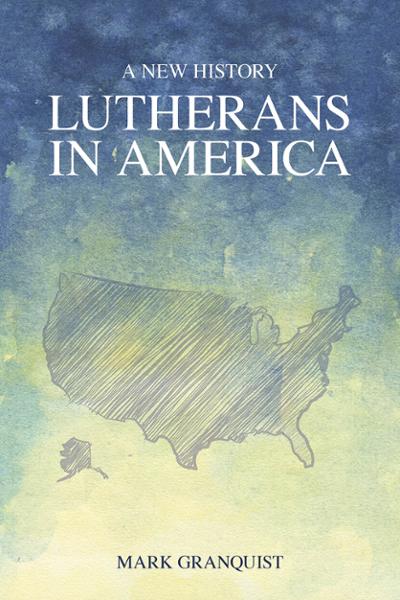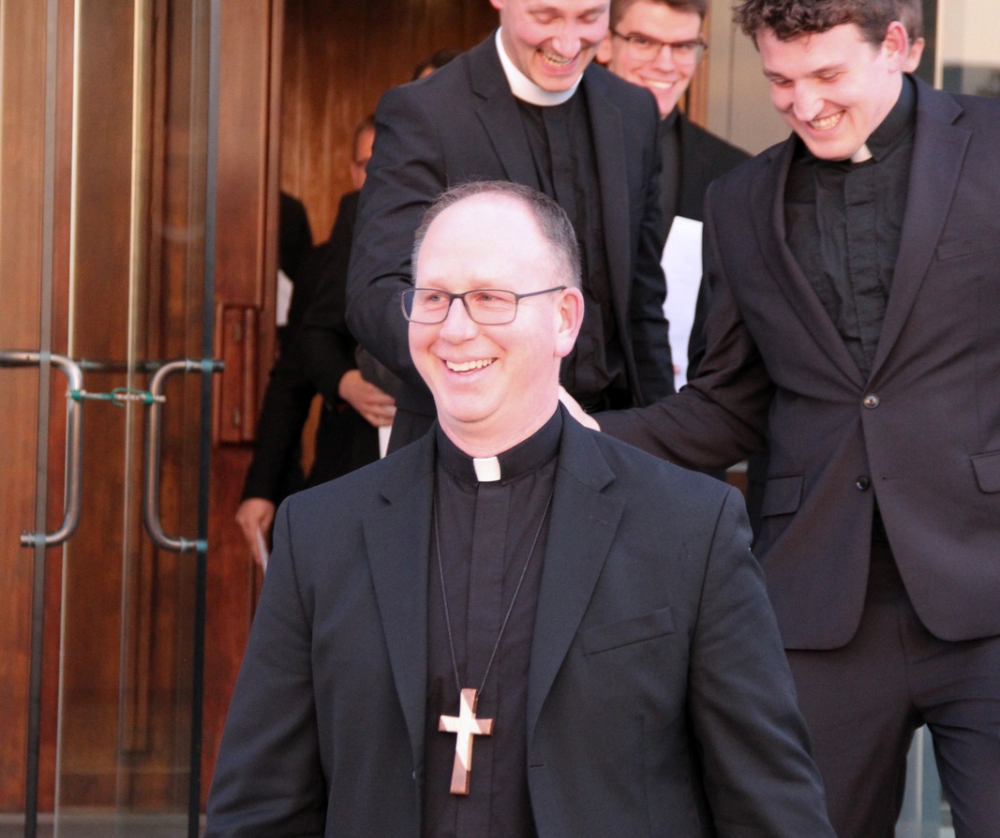Mark Granquist
Minneapolis: Fortress Press, 2015. 375 pages. Softcover. $60.00.

Reviewed by Rev. Paul Gregory Alms, Redeemer Lutheran Church, Catawba, NC on 04/16/2018
In this volume, Mark Granquist, professor of Church History at Luther Seminary in St. Paul, Minnesota, aims to tell the story of Lutherans in America from the ground up. While he admits he must detail the narrative of “denominational structures, schools, hospitals, social service agencies and the like,” he is more eager to “tell the individual and social history of Lutherans in America, their own struggles to live lives of faith and to adapt to a new and different religious culture” (2). It is ironic that Granquist does not succeed in putting forward a comprehensive story of Lutheran individual and congregational experience in America. The book is not primarily focused on interpreting such stories. However, he does do fine job at tracing the larger story of structures and institutions—the story of Lutheranism at a more traditional level. When writing a general history of Lutherans in America, the weight of the institutional storylines inevitably seems to dominate and the social history in Granquist’s narrative takes a back seat.
However, this is not a failure. A general history such as this must make sense of the myriad of synods, ministeriums, denominations, mergers, educational institutions, and the like, which defined Lutheran life. This alphabet soup of American Lutheranism can be intimidating to anyone seeking to understand how European Lutherans made their way in the new world. Granquist methodically and patiently rolls out the story and provides a very helpful glossary of abbreviations and acronyms, as well three graphs which function as a family tree of Lutheran synods in this country. The best acronym in the book is the TCFTS-OTCAOOM which was a committee involved in restructuring the LCA in the early 1970s (306). In the middle of the twentieth century, Lutherans became exceedingly fond of burdensome structures and organizations and this lengthy acronym is a prime example of the obscurity and dangers involved in building such bureaucracy. While individual and social history is not the focus of the volume, Granquist is able to weave such stories into his larger narrative. The twelve chapters of his book are each followed by an excursus which gives details on lesser known but illustrative people and events and movements such as Hispanic Lutheranism and the relationship of American Lutherans to revivalism.
Inevitably, when reading a book such as this, one looks for his own synod or immigrant group. LCMS pastors might be disappointed there is not more here detailing the Lutheran Church—Missouri Synod’s own particular history and role in American Lutheranism. Granquist seems to devote more space than needed to Norwegian and Swedish experiences. Yet, such quibbles are perhaps unavoidable in a book such as this.
Granquist’s history tells the whole story of American Lutheranism reasonably well. It is good introduction to the subject and students of American Lutheranism will find many resources and avenues toward deeper study.




